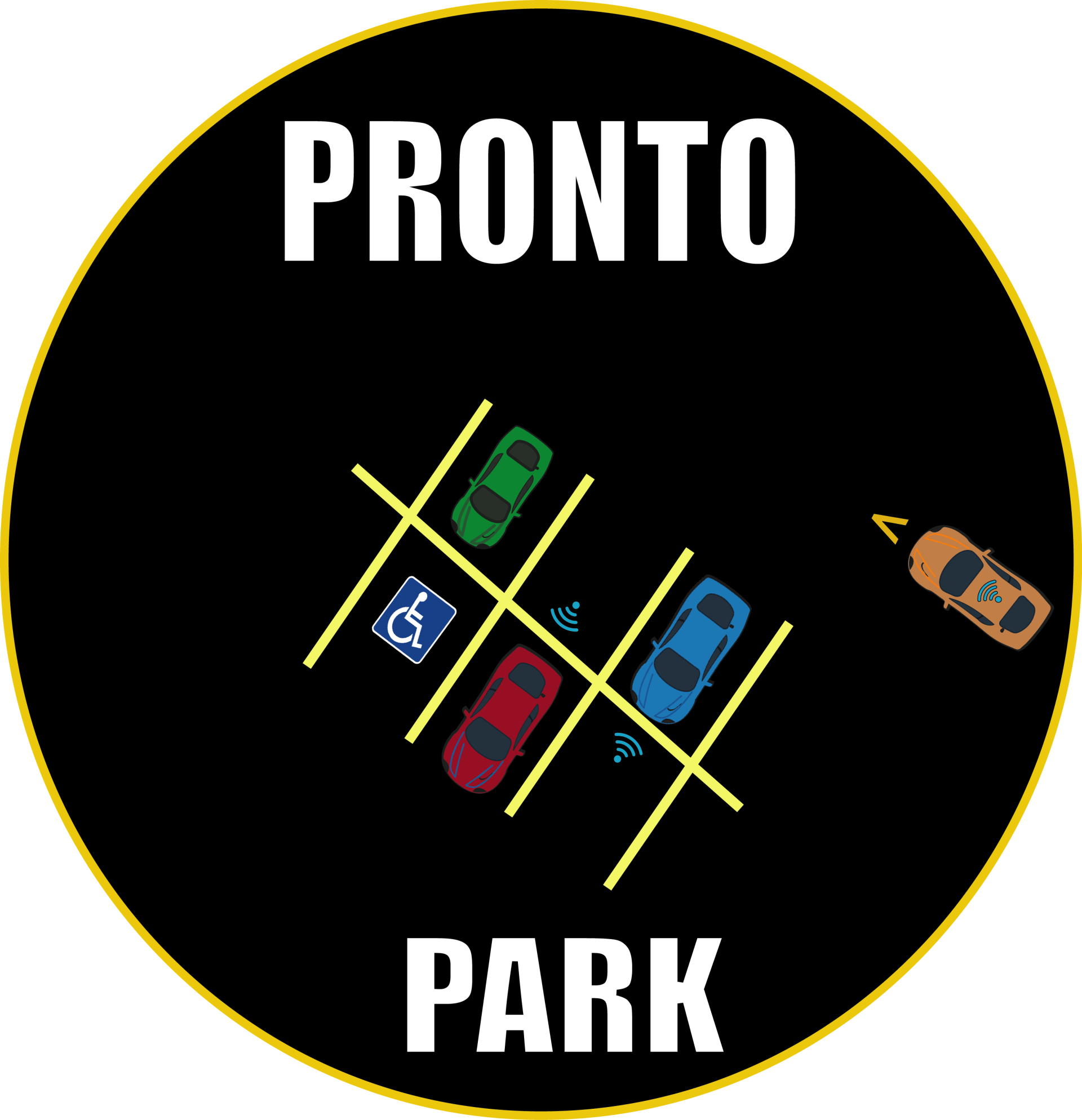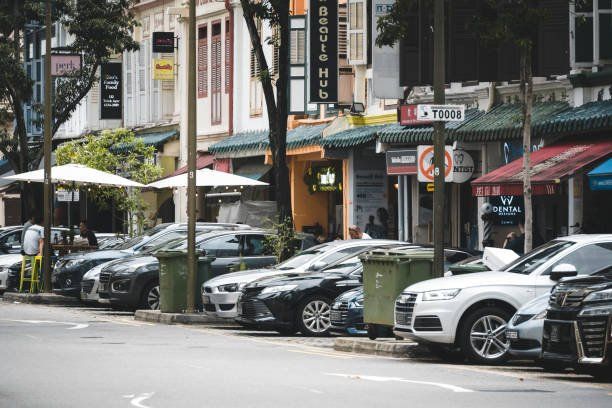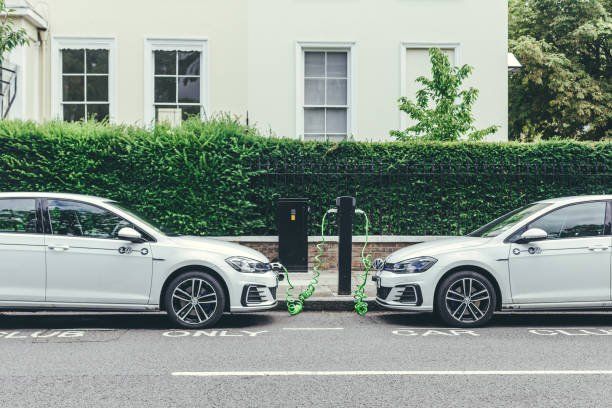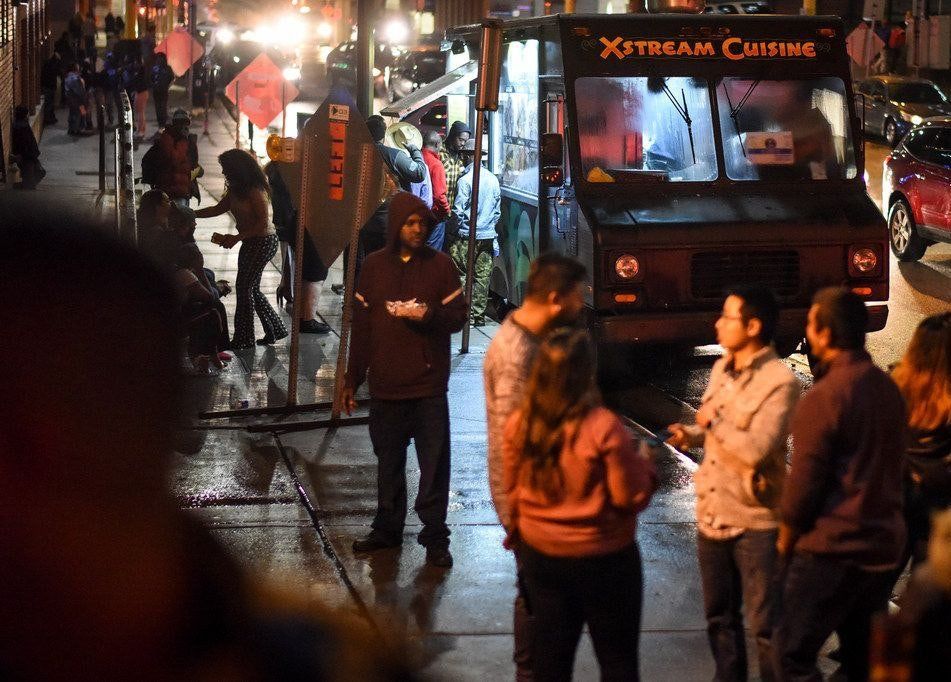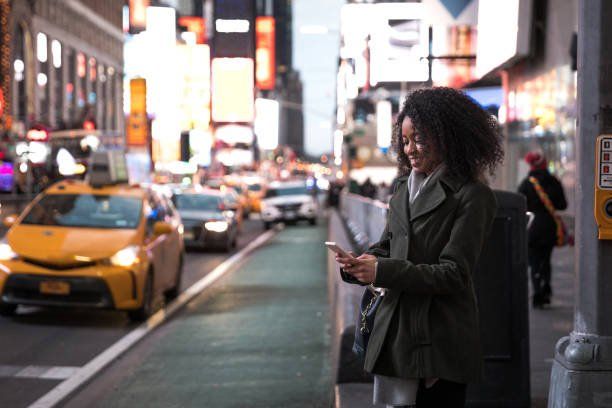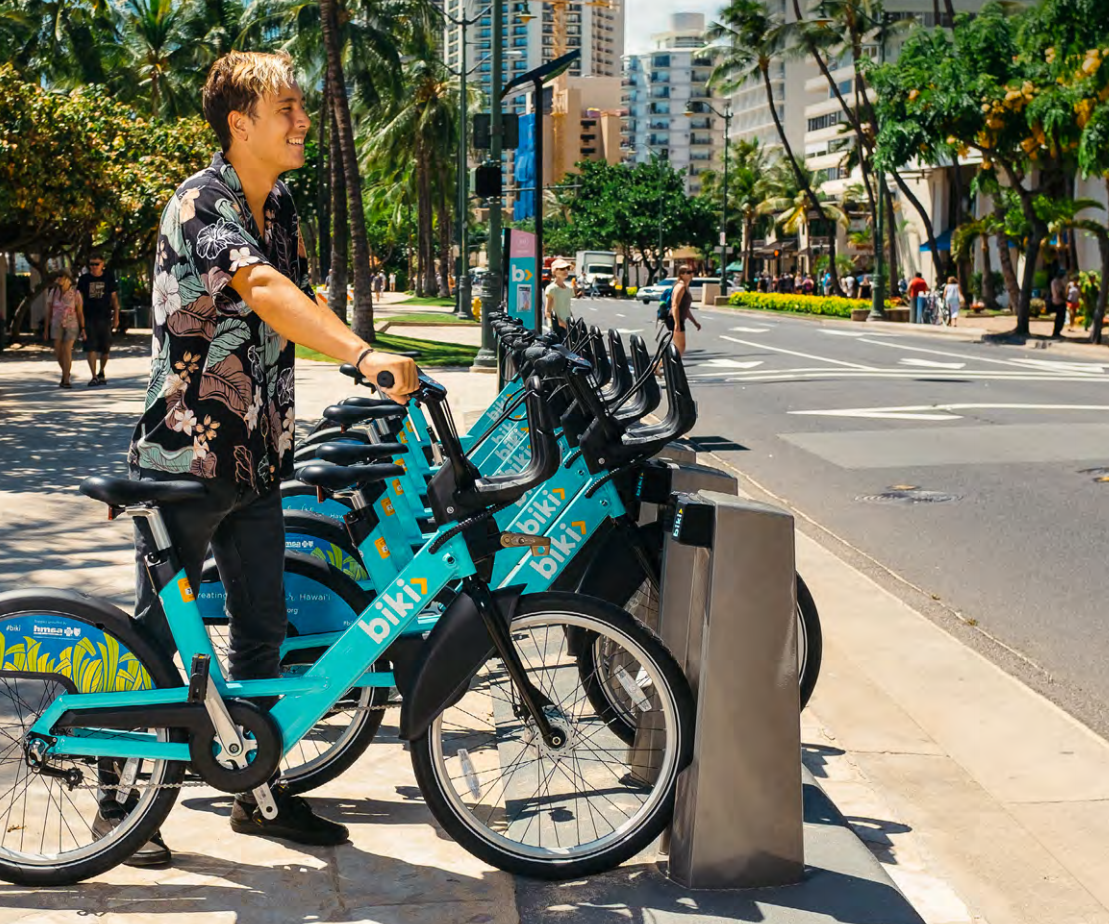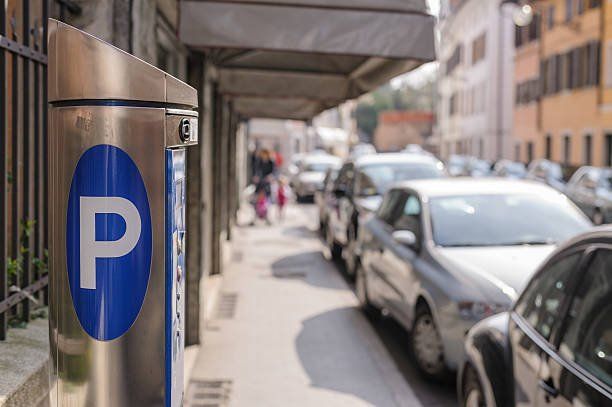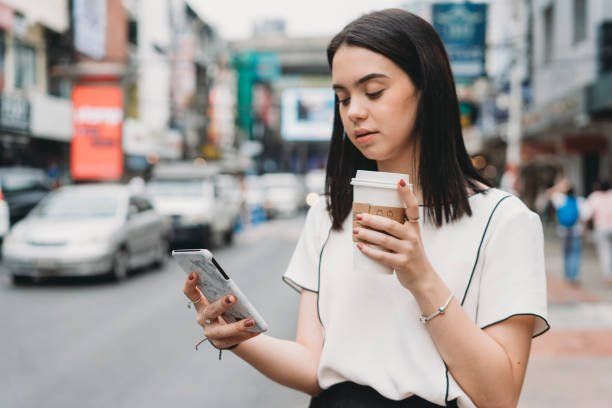The Curb: Efficient Utilization and Management
Curb data is a vital tool for improving the way cities plan and operate. Often, the best plans incorporate the latest technology, but they also have some limitations. While data-driven solutions are increasingly common, there are still a number of limitations associated with this data. While real-time data can help municipalities improve parking and mobility, it is important to ensure that the information is accurate. Once you have the data, you can decide how to make the most effective use of it. When used properly, curb data can improve city planning. In addition to enhancing mobility and parking, curb data can help facilitate on-time deliveries and facilitate a city's economic growth. For small businesses, proper loading zones and delivery zones are crucial to ensure success. For cities, this data can improve planning and reduce parking infractions. Additionally, using it can help cities prepare for changes in the future by adjusting permit allocations to accommodate new modes of transportation. In addition, it can be used to support community development and social causes.
For cities, curb data can be useful for a number of reasons. For instance, it can help regulate dedicated pick-up and drop-off zones. By using curb data, ride-hail services can find regulated spots for passengers, which will reduce the traffic blockage caused by passenger loading and also provide safe locations for passengers. And with real-time information, people can easily navigate their cities and determine which mode of transportation will be most efficient for them.
One of the challenges of curbside management is that many traditional approaches rely on outdated information and methods. Real-time visibility is essential for smart decisions, which can increase revenue and relieve congestion. A curbside management solution should be fully integrated with traffic and data systems to provide a 360-degree view of the environment. Real-time data about curbside space supply is a crucial tool for city planners. Without it, micro-mobility services will be difficult to implement. By collecting real-time data about curbside space, city planners can make data-driven, dynamic decisions that will benefit everyone.
By analyzing trip data, city officials can pinpoint high-demand parking locations and prioritize them. In addition to assisting city planners, citizens would benefit from this data and it would be a great tool for tourists as well.
Using curb data helps cities understand how to best manage curbs. For example, city planners can assign the appropriate number of parking spaces and create a dynamic curb that mirrors the demand and supply of parking spaces. This information can be used to improve the quality of city life and make a city more attractive to live in. Aside from helping cities manage their urban landscapes, data about curbside space is also valuable in easing congestion. To implement dynamic demand-based pricing, cities must introduce dynamic parking fees. These fees will be adjusted based on the location, availability, time of day, or specific vehicles. The pricing policies will be managed in the backend, which is ideal for cities with a complicated infrastructure. They can also be easily implemented and updated. It's important to ensure that the curbside management system is flexible and responsive.
Curbside space can be used for a variety different purposes. For example, cities can create digital representations of curb space and regulations. This will help ride-hailing companies coordinate their schedules and delivery services use more flexible pickup areas. For instance, Philadelphia is incorporating the standards in its Smart Loading Zone pilot. The goal of this pilot project is to better utilize commercial loading space by providing reservation and availability information digitally. As the value of the data increases, the city will see a shift in the emphasis of its policies. The more effective city programs will include more efficient and cost-effective parking and mobility options.
A good curb management program will be able to provide comprehensive parking and mobility data. The data will enable public and private operators to better allocate curb space. The data collected from curbs is essential for future-proofing the regulations and balancing multiple users. It will also allow cities to better allocate parking space based on changing conditions. The curb management program should be future-proofed and be able to adjust to new transportation technologies, such as shared mobility. Ultimately, curbside management is not a simple solution. In order for it to be effective, it needs to be well-integrated with other technologies and platforms. The data that curbside managers collect should be easily accessible to users of all kinds of transportation modes. Furthermore, it must be available for the public.
With the growing demand for public parking spaces, physical curb signs are not able to keep up. Fortunately, smart parking technology can implement a variety of zoning rules, pricing, and policies. With a digital curbside management solution, municipalities can efficiently communicate with residents and businesses about their parking requirements and their parking options. It is an opportunity to improve the quality of life for residents and businesses in an ever-changing world. So, while you are implementing a new curbside management system, remember to be smart about it. You'll be much more effective when you apply these technologies and strategies.
With a unified strategy, cities will have a clear direction in curbside management. Cities will implement a smart zone that will enable the city to make smart decisions based on real data. The technology will allow for a more flexible and efficient curbside. This will allow for a wider range of uses. In addition to the obvious benefits of improving safety and mobility, a smart zone will facilitate a more productive work environment for everyone. In order to maximize the potential of curbside management, cities should determine their parking objectives and revenue goals. Typically, parking is the most important resource for municipalities, but they must also take into consideration the needs of local users. A balanced and fair access objective should be a priority.
Curbside management and having the right data on curb space are essential components of city planning. In addition to parking, the curb can support a variety of different uses. The challenges associated with curbside management are largely imposed by the lack of a clear and consistent planning and policy. It is important for municipalities to develop a robust plan and implement the best possible solutions for curbside management.








Built for the Last Block: How City Design and Small Wheels Are Powering the Future of Urban Movement


